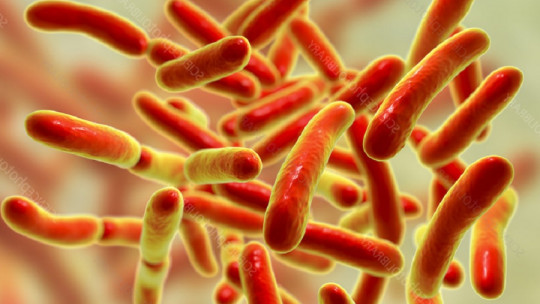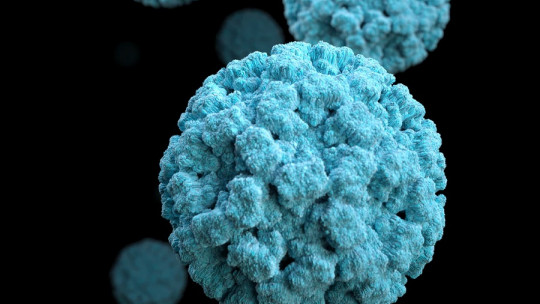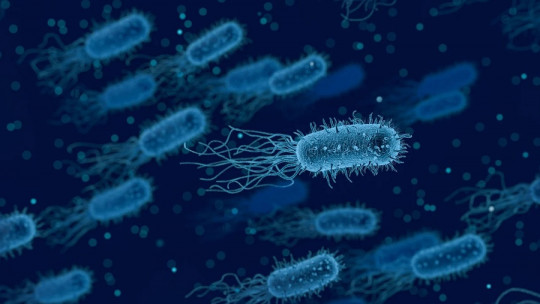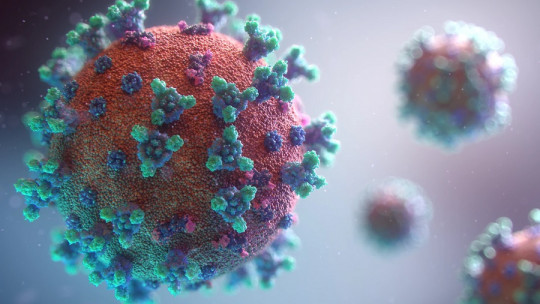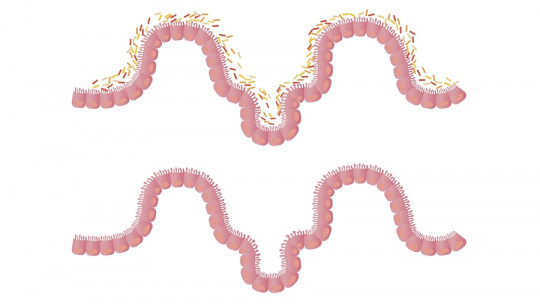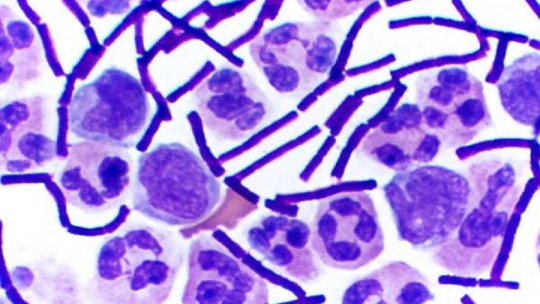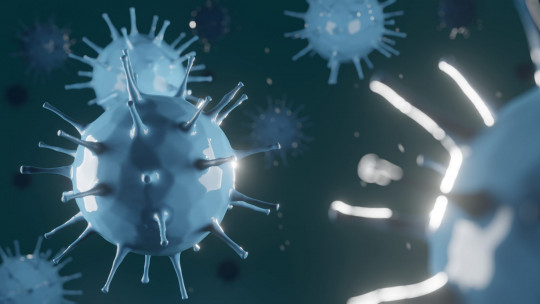
Beyond its scientific interest, Some types of bacteria are of special interest to humans in a practical sense, whether for health issues, to develop industrial processes or for their use as markers of environmental quality.
It is a type of microbe that is everywhere and takes a wide variety of forms, in addition to making organisms viable, which often depend on them (for example, in the case of the human digestive system).
For this reason, there has always been a need to look for criteria to classify bacteria and offer tools for their identification. In this article we will see what these main types of bacteria are, with summarized explanations of each of them.
What is a bacteria?
Microorganisms called bacteria can be found everywhere The immense variety of species has allowed these life forms to colonize almost any point in the world. Nor is it necessary to emphasize that they have been and continue to be essential elements for today’s life; for example, they are in charge of organic decomposition.
The domain of bacteria is made up of an immense group of living beings that are, generally, unicellular (made up of a single cell) and prokaryotic. A prokaryote is a type of cell that does not contain membranous organelles inside and its genetic content is found freely within it. These qualities differentiate them from the cells that form, for example, animals, since these are eukaryotic
The general structure of bacteria consists of a cell membrane that separates the inside from the outside. In addition to this, they also have a cell wall that surrounds the membrane, providing greater protection and stability to the bacteria. The sum of the two is known as the bacterial cell envelope, and there are differences in both composition and shape between different types of bacteria.
On the other hand, it must also be taken into account that looking at size is not a good way to distinguish between bacteria and animals. There are microscopic animals, such as rotifers or tardigrades, which are composed of cells and even have a nervous system.
The main types of bacteria
Having criteria to identify bacteria is a very useful tool for their study, even essential in some cases, such as in the identification of the cause of infection in a human disease. Due to this importance, throughout the history of microbiology (the science that studies microorganisms, including bacteria), a multitude of criteria have been generated to achieve a good classification of prokaryotic cells.
There are many ways to classify the types of bacteria, such as according to their food source, according to their respiration, through the presence or absence of a certain enzymatic activity (activity of a specific protein), or by its mobility. What’s more, for correct identification it is convenient to combine different criteria.
One of the most classic and traditional criteria that exist when it comes to differentiating types of bacteria is to do so based on morphological characteristics. Although these are only based on the structure visible through a microscope, they have been very important in the taxonomy of bacteria; Even many species of bacteria receive their name from the shape they present.
Mainly, these classification considers three fundamental forms:
1. Coconuts
This type of bacteria is characterized by having a spherical cell envelope That is, when they are observed under the microscope they are circular cells. In this way they are easily identifiable, and it is easy to distinguish between them as individuals and the environment.
The subtypes that exist within this category are based on how the cells are grouped, the way in which they adopt an arrangement next to each other.
The solitary spherical bacteria are known as the coccus form. However, if instead of one there are two round cells joined together, then they are known as diplococci. There are more complex unions that create a chain (streptococcus) or irregular shapes that look like a bunch of grapes (staphylococcus).
2. Bacilli
The main characteristic of this type of bacteria is that they are shaped like elongated rods As happened in cocci, the subtypes start from how the cells are grouped.
The solitary form is what is called a bacillus. If two cells are found joined together, then it is a diplobacillus. In the most multitudinous unions they can be differentiated according to whether they are joined at the ends, forming a chain (streptobacilli) or at the sides, forming a wall (palisade).
There is a form that is between the first two that have been seen; It is not as spherical as a coconut but it is not as elongated as a bacillus either. This is called coccobacillus.
3. Helicals
In this last type of bacteria, different shapes are grouped that present curvatures in their structure They can be understood as if they were bacilli that have twisted on themselves, reaching a helix shape. Thus, it is another of those types of bacteria that are easily recognizable using the microscope, due to its appearance.
They are mainly divided into two, rigid spirals (spirilos) or flexible spirals (spirochete). The difference is whether the spirals that draw your cell envelope remain the same or can change over time (the spiral moves).
Curiously there is another form that belongs to this type: vibrio This type of bacteria has a silhouette similar to a pinto bean seed. Despite not drawing spirals, this type of bacteria is considered to be within this group, since the curvature of its cell envelope is representative of a genus of bacteria (“Vibrio”) and is not temporary, as can occur in the bacilli or cocci.

